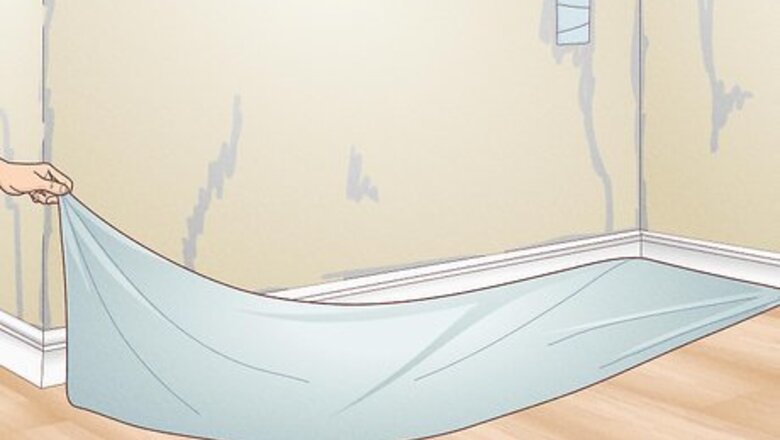
views
Preparing to Wash the Walls
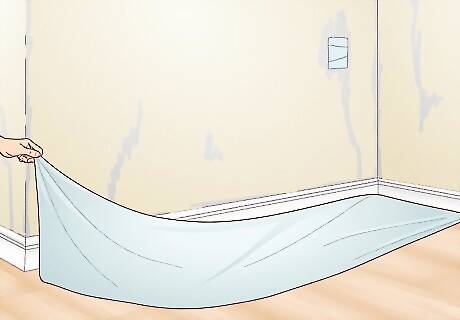
Protect your room so you can remove wallpaper paste from the walls. The job can get pretty messy, so it's a good idea to cover the floors and other parts of the room before you get started. If everything's already protected because you just stripped your wallpaper, all the better. Tape off and cover outlets, switches, vents, baseboards and trim with painter's tape or plastic covers. Cover floors with plastic or canvas tarps near all walls where you will be working. A disposable drop cloth is the best, as it will catch any loose scraps, and once you are done, you can just wrap it up and put to the garbage. Remove or cover furniture with plastic tarps. If your room is large, move furniture to the center of the room while you work. Turn off the electricity to the room to avoid any electrical mishaps.

Get your supplies ready. The process of removing wallpaper paste is as follows: soak the paste, rub the paste, then rinse the wall. That means you'll need several different items to do the job: A bucket filled with wallpaper paste removal solution. A sponge for soaking the paste. A spray bottle filled with water. A dry rag for wiping the wall clean (you'll probably need more than one of these to do the whole job). A garbage can.

Mix up your wallpaper paste removal solution. Hot water alone won't do the trick - you'll need a solution that softens the paste, making it easier to remove from the walls. There are a variety of solutions you can use for the job: Hot water and a few squirts of dish soap. This works perfectly well on most wallpaper paste. Fill up a gallon-sized bucket with the solution. Hot water and vinegar. This is great for tougher jobs. Mix a gallon of hot water and a gallon of white distilled vinegar. Try adding 1 to 2 tablespoons (14.8 to 29.6 ml) of baking soda into the bucket. The baking soda helps to dissolve the wallpaper paste. Trisodium phosphate, or TSP. TSP is an industrial-grade cleaner that was once widely used as a cleaner. Is it extremely strong, but not great for the environment, so try using when other, gentler methods have been exhausted. For the heaviest jobs, you might want to buy wallpaper paste remover from the store. The commercial removers use chemicals to quickly dissolve the paste. Follow the directions to mix commercial wallpaper paste remover. It is available from most paint or hardware stores, and contains ingredients created specifically to dissolve wallpaper paste.

Put on some rubber gloves. Wallpaper paste can contain chemicals that aren't great for your hands. The job of removing it can take several hours, so it's a good idea to protect yourself by putting on a pair of long rubber gloves, the type you'd use when washing dishes.
Soaking and Wiping the Walls
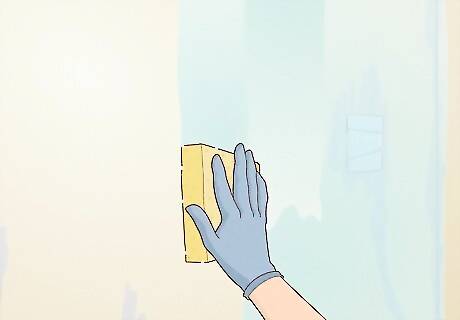
Soften the wallpaper paste by soaking it. Dip the sponge into the wallpaper paste removal solution you mixed up. Apply the solution to the wall, soaking it entirely. Don't soak the entire wall at once; do a 5 x 5 foot section at a time, so it won't dry before you can get to it. Let the solution sit for a few moments so it has time to soften the paste. If you don't want to use a sponge, you can use a spray bottle. Pour the solution into the bottle and spray a 5 x 5 foot area with the wallpaper paste remover. Wait 5 minutes for the paste to soften. Adjust the spray nozzle so it does not squirt directly on the wall, but it sprays a fine mist. Gradual saturation is necessary when spraying the wall.
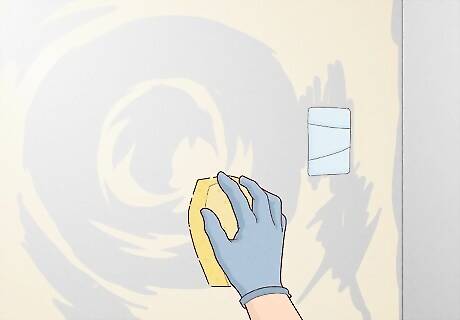
Rub off the wallpaper paste. Use the sponge to rub in a circular motion until the softened paste starts to come off. Discard it in the garbage can as you remove it. Scrape the wallpaper paste with a putty knife if you have trouble getting it off with a sponge. Scrape using even motions that do not cause your putty knife to damage the drywall. If the paste doesn't seem to be budging, soak it thoroughly and try again.

Repeat the process. Soften and scrape the wallpaper paste throughout the room until most of the wallpaper paste is gone. Do so methodically, section by section, so you're less likely to miss any one area.
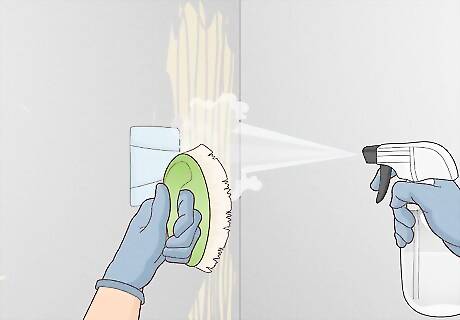
Remove residual wallpaper paste. Soak any remaining wallpaper paste with more spray mixture, and scrub it with a tough scrubber. Forceful scrubbing may be required to remove it.
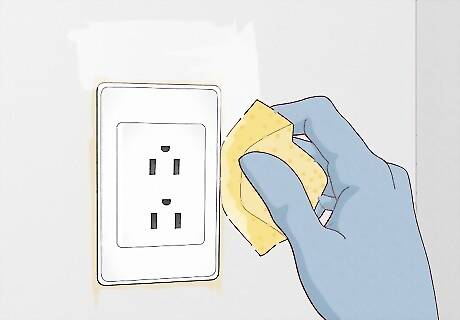
Spot clean remaining areas that were taped off or covered. Remove the tape and covers from vents, outlets, switches, baseboards and trim. Use a sponge and the spray remover to carefully treat small areas.
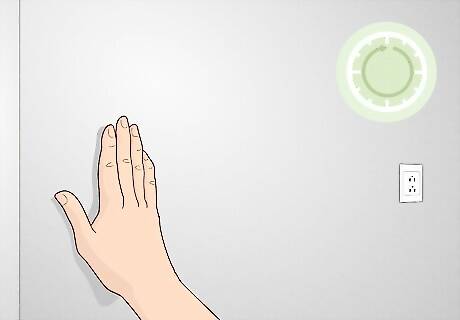
Allow the walls to dry for 12—24 hours. Run your hand along the walls. If they are smooth, most of the glue has been removed. If they feel sticky, repeat the process.



















Comments
0 comment